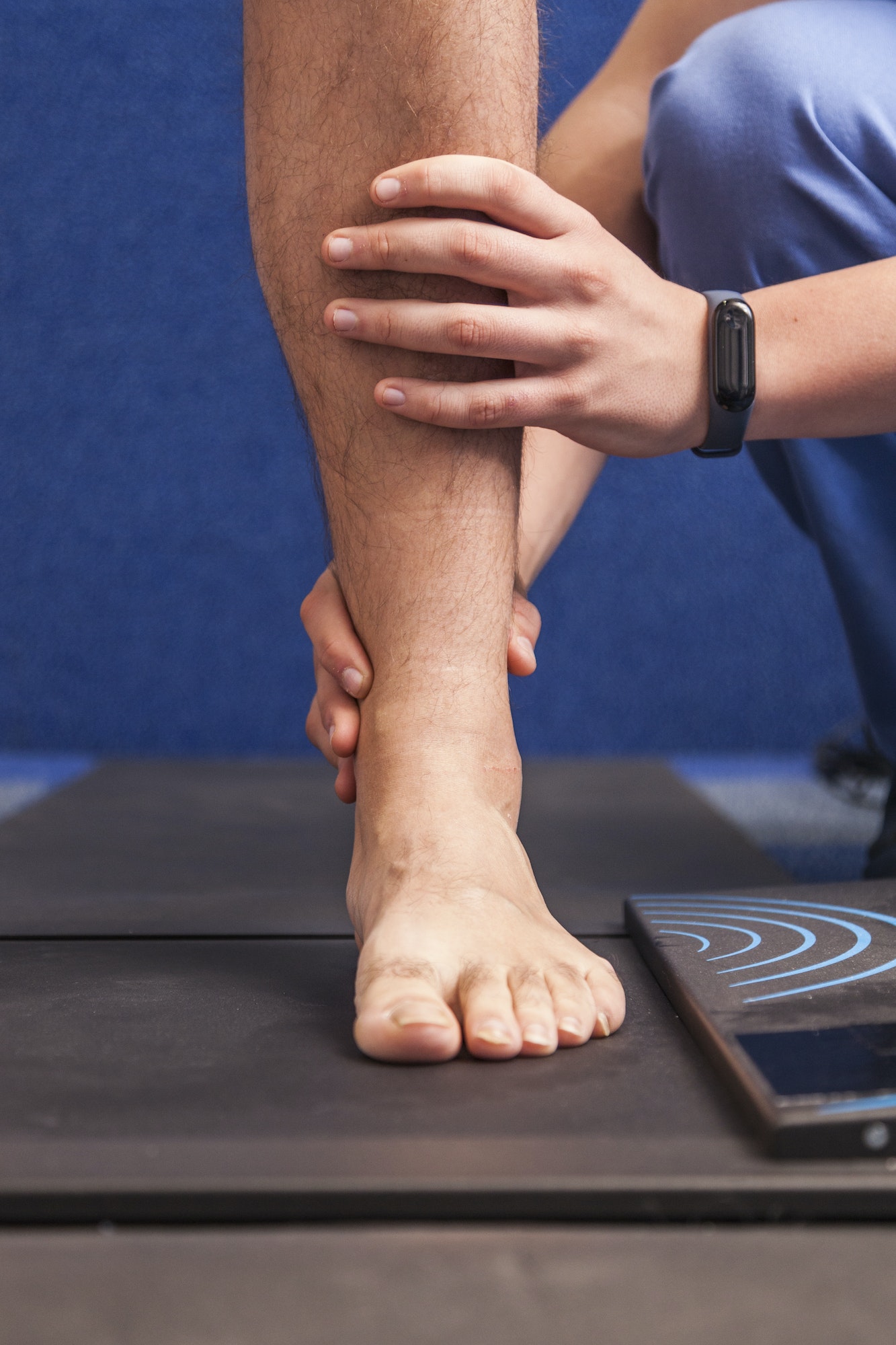Table of Contents
Do you have numbness, tingling, sharp shooting pains, clicks, radiating pain, burning or feel like there is something inside or under your foot yet cannot see anything? Any of these symptoms could be a sign of a nerve injury. Here at Weil Foot & Ankle we provide a whole array of treatments for different nerve injuries and relief of symptoms.
The foot has a complex system of nerves that provide sensation and functionality. Nerve injuries to the foot are quite common, and there are several distinct categories of nerve injuries that all result in slightly different symptoms and that we have specific treatment options for.
Morton’s Neuroma:
What is Morton’s Neuroma?
What is the cause of Morton’s Neuroma?
Who can develop a neuroma?
- People with flat feet and hyper flexible feet are prone to getting these nerve growths as well as people with hammertoes and those with bunion deformities. This is because these conditions can cause instability around the joints, causing that irritation to the nerve and ultimately the formation of a neuroma.
- Participants in sports, particularly ones that require excessive pressures to the feet such as soccer, tennis and ballet or other forms of dance.
- Trauma to the foot
- Certain shoes which produce unequal pressures to the foot such as heels and tight cleats.
What are the symptoms of Morton’s Neuromas?
- Pain and discomfort to the ball of the foot
- Numbness and tingling to the toe(s)
- The feeling as if there is something inside the toe or under the toe/foot
What are the Treatment Options for Morton’s Neuroma?
If the symptoms are mild to moderate, then the following options can help reduce the neuroma pain:
- Offloading the pressures on the foot with metatarsal paddings (padding we can supply through our clinics)
- Reducing the repetitive high impact activity to the foot
- Shoe gear modifications, such as wearing shoes with a wider toe box and rocker bottom type sole
- Custom molded orthotics with built in metatarsal paddings
- Steroid injections directly to the neuroma to reduce the size and inflammation
If none of the conservative options work, then patients may have to undergo surgical intervention, which the Doctors of Weil Foot & Ankle Institute are able to provide.
The purpose of the surgery is to reduce the pressure to the nerve as well as to remove the inflamed nerve. There are two types of surgeries for neuromas depending on the details of the case and the exact presentation of the neuroma for each individual patient:
- Total removal of the neuroma called a neurectomy. The inflamed neuroma is dissected and removed completely if the neuroma has grown exceptionally large in size
- Decompression of the neuroma is performed where the nerve is kept intact, however the surround tissue pressure on the nerve is decompressed.
Your doctor will be able to guide you or your loved one to make the correct decision about type of surgery and when it might be needed after a full evaluation and discussion with you.
Tarsal tunnel Syndrome
What is Tarsal Tunnel Syndrome?
What are the symptoms of Tarsal Tunnel Syndrome?
Symptoms often start off as numbness and tingling from the heel that can often radiate down to the toes. Often people experience this condition as pain in the morning when first stepping out of bed and beginning to walk. This leads many patients to incorrectly believe they are suffering from Plantar Fasciitis. As time goes on the pain can progress to a sharp shooting pain, and even often weakness in the foot and ankle. The majority of the symptoms are amplified with increased walking. Pain can also continue even with rest.
- Burning sensation
- Weakness in your intrinsic foot muscles
- Numbness to the arch and the toes
- Tingling feeling at rest
What are the Causes of Tarsal Tunnel Syndrome?
People who have a flat foot are susceptible to developing TTC. The collapsed arch compresses the inner side of the ankle where the nerve runs, causing it to get impinged.
People with lots of leg swelling, mostly as a result of various vein disorders can get symptoms. The large veins run parallel to the Tibial nerve and when these veins become inflamed, they will compress against the nerve, resulting in TTC.
Nerve injuries can also occur in patients who are athletic or professional athletes. Direct trauma or even ankle sprains, as can happen in sports like soccer or basketball are a common cause of TTC. In athletes it is often a result of overuse.
Soft tissue masses can grow in the tarsal canal leading to pressure on the nerve. Removing these masses helps eliminate the symptoms of TTC.
How to Diagnose Tarsal Tunnel Syndrome:
Treatment for Tarsal Tunnel Syndrome:
Patients with flat feet and/or collapsing arches, which are impinging the nerve, can get great relief by changing into supportive athletic shoe gear along with the use of custom orthotics. Custom orthotics provide the arch support that is ideal for each individual foot and elevates the pressure of the nerve because they are made specifically for your foot, unlike over-the-counter inserts, which are more of a ‘one size fits all’ model.
Compression with custom braces or compression socks can reduce the swelling along the veins and reduce motion at the ankle. Braces reduce movement of the nerve and can allow it to heal.
Steroid injection on the nerve can reduce the inflammation around the nerve and provide relief. Injections should always be performed under ultrasound guidance for accuracy and safety, which is also available at Weil.
Physical therapy can be ordered to improve mobility and ultrasound therapy can help reduce symptoms.
Finally, if all conservative treatments fail then surgery is the next best treatment option.
Surgery for Tarsal Tunnel Syndrome:
The purpose of Tarsal Tunnel surgery is to reduce the compression of the nerve all the way from the ankle down to the heel of the foot. Recovery from surgery can take up to two months. Early range of motion and physical therapy is imperative to prevent stiffness and scarring at the surgical site, thereby preventing any delay in recovery.
If you or someone you love is suffering from any of the symptoms listed above, or have any other foot or ankle needs, the physicians of Weil Foot & Ankle are here to help. Click the “Request an Appointment” button, fill out the short form and someone from our office will call you and set you up with an evaluation with one of our physicians near you.
Don’t wait – you shouldn’t live your life in pain, and we can help!

Meet Weil Foot & Ankle Institute
By: Weil Foot & Ankle Institute, Published: Oct 25th, 2022
Review By: Bilal Siddiqui DPM – Jan 19th, 2023


